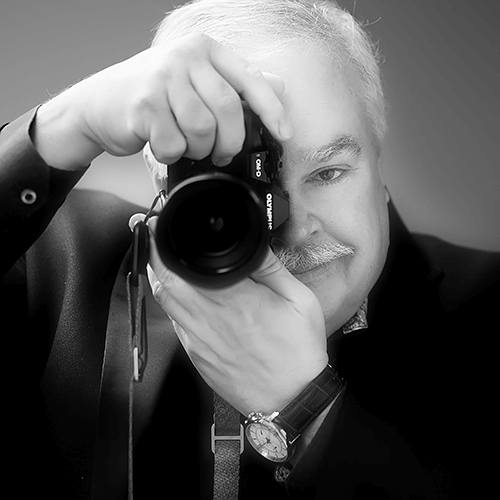Scott Bourne is an Olympus Visionary and professional wildlife photographer, author and lecturer who specializes in birds. He's been involved with photography for more than four decades and his work has appeared in more than 200 publications.
He is a pioneer in the digital photography and online space and was named one of the 30 most influential photographers on the Web by Huffington Post.
Scott is also the President of Skylum Software's US and Chinese operations.
In addition to being a trainer on lynda.com and ThinkTapLearn, he's led workshops and seminars, taught for or spoken at conferences or events sponsored by Palm Beach Photographic Center, Cooperative Communicators of America, Apple, The National Association of Photoshop Professionals, CreativeLive.com, the National Association of Broadcasters, North American Music Merchants, MacWorld, Washington Professional Photographers Association, WPPI, PartnerCon, PPA, Seattle Art Center, Marketing Essentials International, The Consumer Electronics Show and Olympic Mountain School of Photography.
Scott was one of the first photographers ever to receive the designation Apple Certified Professional Trainer (T3) for Apple's Aperture. He also previously held the designation Certified Adobe Photoshop Instructor and Professional Photographers of America's Certified Professional Photographer designation.
Scott was recently awarded the designation Signed Master with the Studio Of Masters in China.
